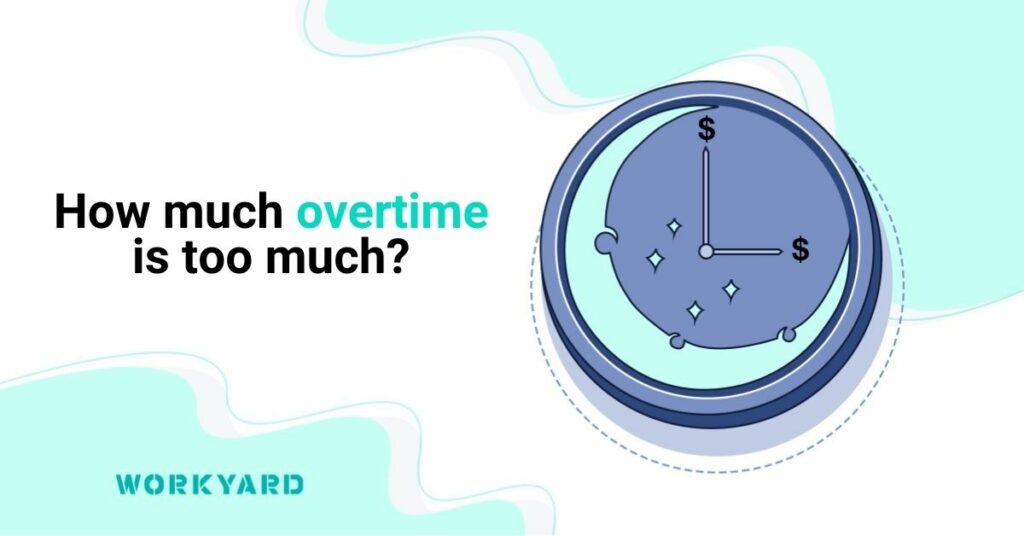Determining the threshold for excessive overtime involves considering various factors, including industry standards, legal regulations, and individual well-being.
In the United States, the Fair Labor Standards Act (FLSA) establishes overtime pay requirements, mandating that non-exempt employees receive one and a half times their regular rate of pay for hours worked beyond 40 in a workweek. However, the FLSA does not specify a maximum limit for overtime hours.
Certain industries, such as healthcare, manufacturing, and transportation, may commonly require employees to work extended hours due to operational demands. In these sectors, overtime expectations may differ, and what constitutes excessive overtime can vary.
Health and Safety
Excessive overtime can have adverse effects on physical and mental health, leading to fatigue, stress, and burnout. Continuous overwork may impair decision-making abilities, increase the risk of accidents, and negatively impact overall well-being.
Productivity and Efficiency
While occasional overtime may be necessary to meet deadlines or address workload spikes, excessive overtime can diminish productivity and efficiency. Fatigued employees are likely to experience reduced focus and performance, leading to diminished work quality and output.
Work-Life Balance
Balancing work commitments with personal and family responsibilities is essential for overall happiness and fulfillment. Excessive overtime can disrupt work-life balance, leading to strained relationships, decreased leisure time, and reduced engagement outside of work.
Employees should be aware of their rights regarding overtime and rest periods under labor laws and employment contracts. Employers must adhere to legal requirements and provide employees with adequate time off to rest and recharge.
In conclusion, while there is no definitive threshold for excessive overtime, it’s crucial to consider factors such as legal regulations, industry norms, health and safety, productivity, work-life balance, and advocacy. Striking a balance between meeting job demands and preserving employee well-being is key to fostering a healthy and sustainable work environment.

